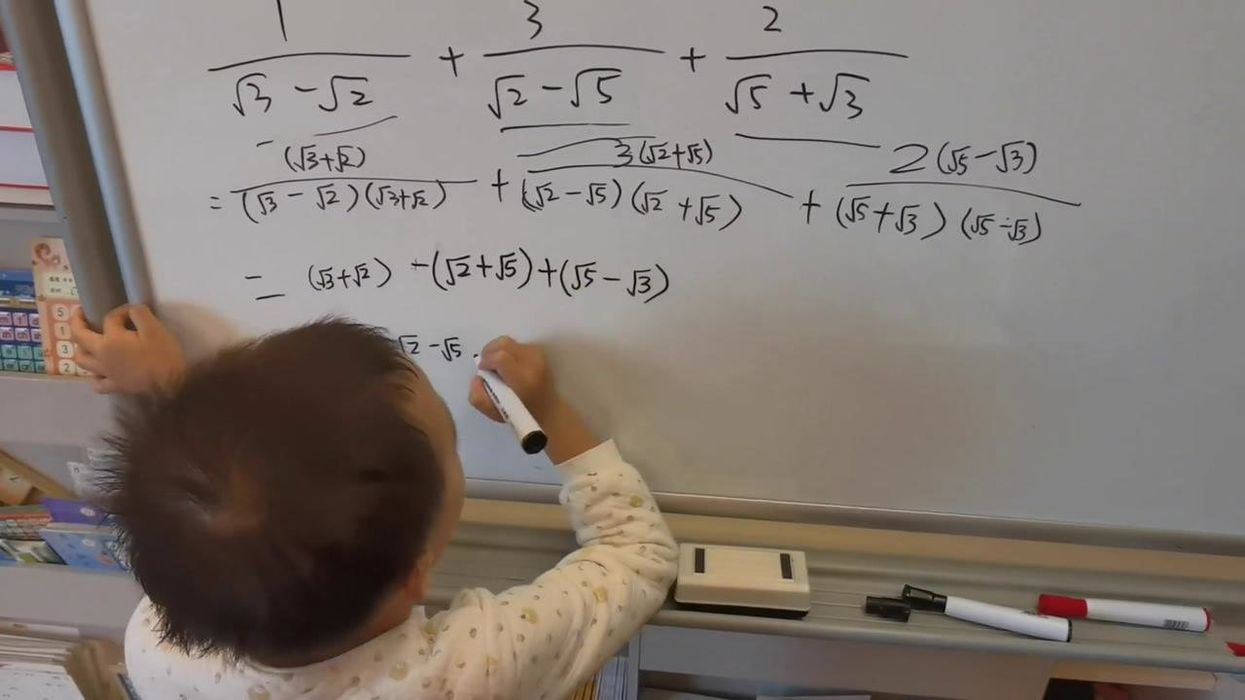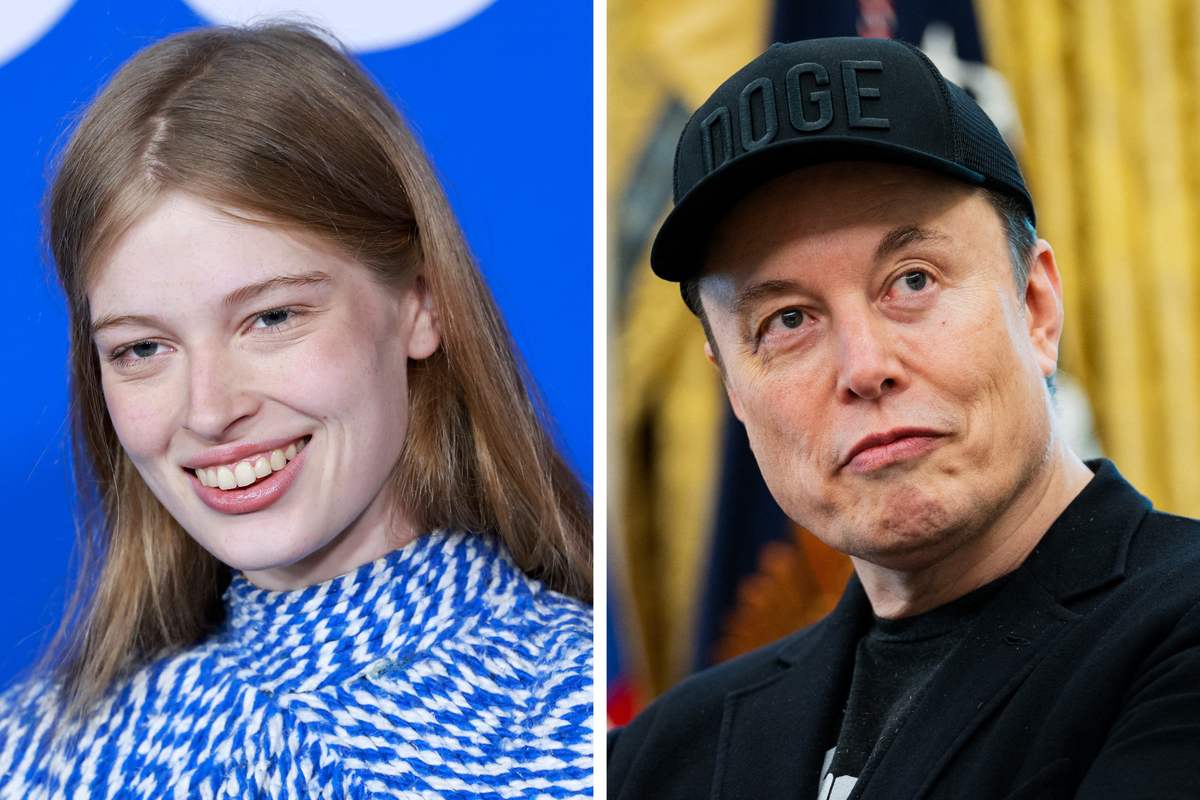Liam O'Dell
Sep 22, 2024
Related video: Boy genius, 5, shows his remarkable maths skills in China
ViralPress / VideoElephant
Obviously, we are all familiar will basic shapes: squares, triangles, circles, to name but a few. Yet researchers from Oxford University and the Budapest University of Technology and Economics (in Hungary) have this month claimed to have discovered a whole new kind of shape altogether: soft cells.
Far from being comfy bedrooms for convicted criminals, the academics introduced the concept in a PNAS Nexus paper and explained that these cells end up “minimising the number of sharp corners and filling space as soft tilings”.
In other words, if you’ve ever had to learn about tessellation in school, then you’ll know that concerns shapes such as hexagons and squares can be tiled and repeated endlessly with no gaps.
But, the paper’s abstract notes that “many tilings in nature are characterised by shapes with curved edges, non-flat faces, and few, if any, sharp corners”, which obviously poses an interesting question around how such shapes are tiled without leaving more blank space than a Taylor Swift single.
Except, the mathematicians point to nature as having some examples of ‘soft tilings’.
“Establishing and maintaining sharp corners in physical cells is difficult and costly as surface tension and elasticity naturally tend to smooth corners. Hence, it is not surprising that many soft tilings are found in nature,” they write.
Common 2D examples of soft cell tiling patterns include the layers inside onion bulbs, zebra stripes and muscle cells.
Professor Gábor Domokos, one of the study’s authors, said: “Soft cells explain why, when you look at a cross-section of a chambered shell, it shows corners but the 3D geometry of the chambers doesn’t.”
One such chambered shell is the nautilus shell, a common image in geometry used to symbolise the Fibonacci sequence, in which a number is the sum of the previous two (so 1, 1, 2, 3, 5, 8 and so forth).
If all of this is making your head hurt, then it probably doesn’t help that an example of this ‘soft cell’ tessellation given by the academics is Victor Vasarely’s work, Vega – one of those artworks where the shapes appear to bend and move after you’ve looked at it for a while.
The researchers say soft cells emerge towards the left of the artwork, where the squares start to morph into a more curved, cylindrical pattern.
In the paper’s summary, they write: “The lack of sharp corners and their soft, highly curved geometry makes soft cells ideal candidate models for biological structures which evolved under full or partial constraint to fill space.”
So, the more you know…
Sign up to our free Indy100 weekly newsletter
How to join the indy100's free WhatsApp channel
Have your say in our news democracy. Click the upvote icon at the top of the page to help raise this article through the indy100 rankings.
Top 100
The Conversation (0)














